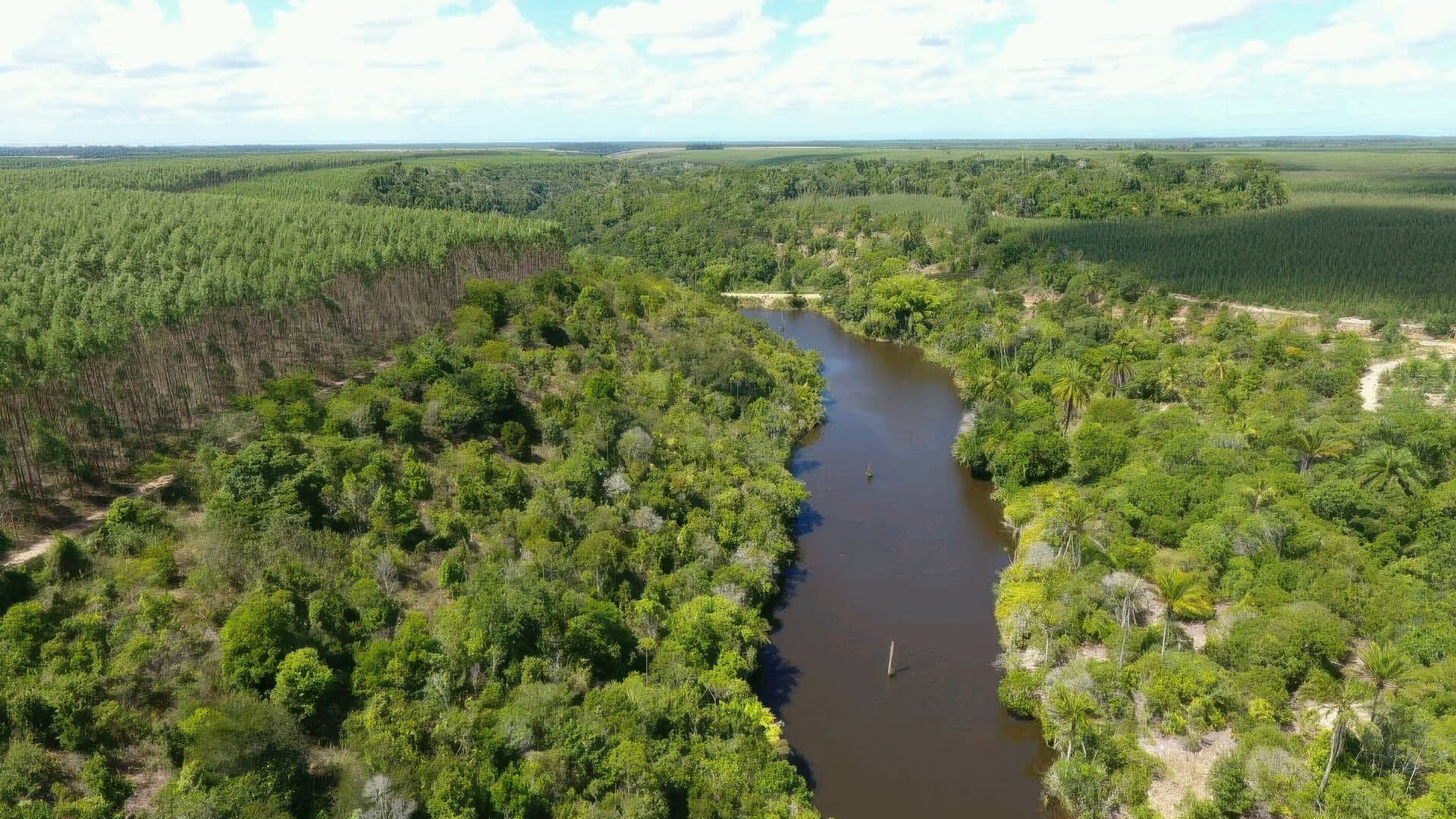Forestry case study
Suzano – Implementing the IUCN RHINO approach in forest areas across several biomes in Brazil

Overview
Suzano, the Brazilian leader in biomaterials and largest pulp manufacturer in the world, is committed to produce and consume natural resources in a sustainable manner. In 2024, Suzano started to work on a new integrated nature strategy and wanted to ensure their alignment with the delivery of contributions to the SDGs and KMGBF. Suzano was interested to pilot the IUCN RHINO approach, to explore how STAR could further inform the setting of science-based targets for their strategy and of a meaningful action plan to deliver IUCN RHINO contributions.
The company manages a significant forestry base in Brazil, with around 1.7 million hectares of eucalyptus mosaic plantations and 1.1 million hectares of protected native forest. These areas are located essentially in the Atlantic Forest, Cerrado, and Amazon biomes and managed in compliance with Suzano’s zero deforestation policy in wood supply. As conversion from native forests into eucalyptus plantations is prohibited, new planting mostly takes place on degraded pastureland. The company is also committed to connect, through ecological corridors, 500,000 hectares of fragments of Cerrado, Atlantic Forest, and Amazon. Both the scale of Suzano’s landholdings and the diversity of biomes suggested meaningful opportunities to contribute to species survival.
Launched in October 2024, the pilot project is still ongoing and is mobilising a project team combining conservation knowledge, data analysis capacity, and spatial analysis skills from Suzano and IUCN teams. As part of the IUCN RHINO Locate phase, sensitive areas were identified in the different biomes and in all business units of Suzano. During the IUCN RHINO Evaluate and Assess phases, data collection and analysis of the species and threats were performed. The consultation with stakeholders resulted in the re-calculation of the initial baselines (step A3.3). The project team is now working on the IUCN RHINO Prepare phase to work on their action plan and the definition of targets.
Take your first step to Nature Positive outcomes
IUCN RHINO guides what to do, where to act, and how to measure progress towards Nature Positive outcomes.






